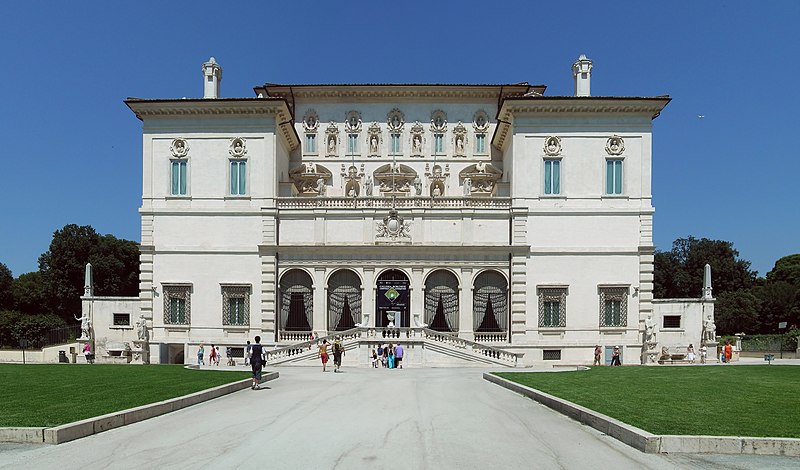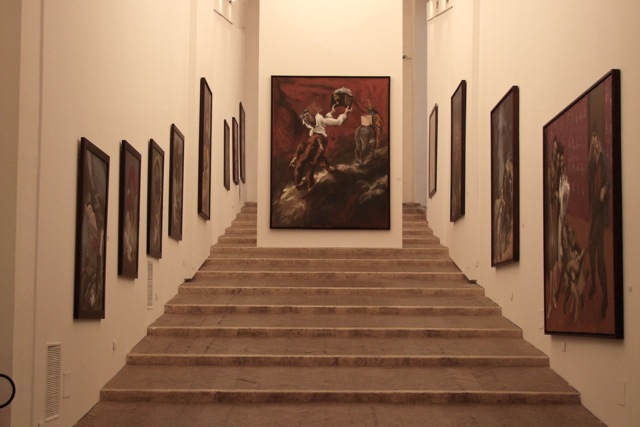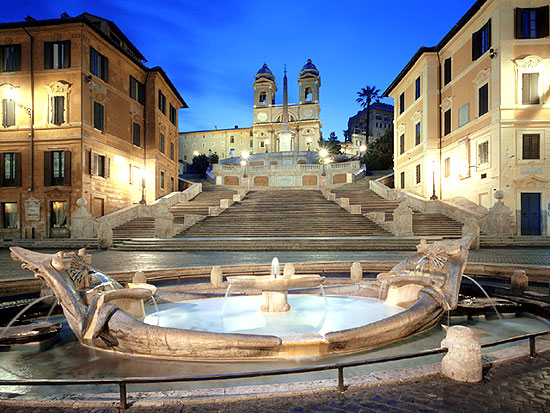The main duty of a Professional Congress Hostess is to set up and implement a congress or a social event from the very start to the end of it. She takes care of fulfilling customers' needs who partecipate to cultural, sport, religious events, conventions, workshops, seminars,conferences, congresses, exhibitions.
She is asked to set up and check the list and number of partecipants, welcome them at the entrance of the exhibition or congress, check down their personal information, distribute brochures, dépliants and leaflets, accompany them in the rooms where the congress is going to take place, invite them to have lunch or dinner, give them any information about the congress schedule, about monuments, shopping, bank closing hours,transport & tourist information, give them language assistance for the whole duration of the congress, let them know about social events taking place in the town that hosts the congress.
She is asked to fulfill customers' needs, being a valid support to her boss, informing him/her of changes that may occur during the congress. She must speak at least 2 foreign languages, have a well round education, be sensitive, reliable, having elegant manners. Great hotels, palaces, villas, embassies are the locations chosen for these events. She is also assumed to have a very good knowledge of computer science and its main software applications.
She is needed to have a higher diploma in foreign languages or tourism; besides this she is asked to be good looking, having very good manners, being kind, reliable, punctual, efficient, taking responsibilities. She's also assumed to be healthy, very calm and patient....it's not a job to be underestimated...! Only if you think to have all of these characetristics, please take your own risk and try.














